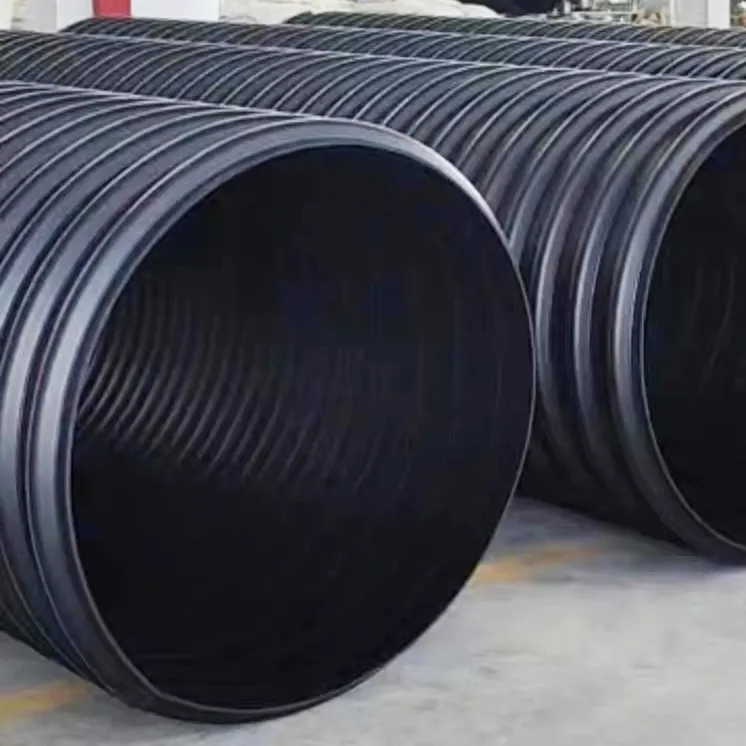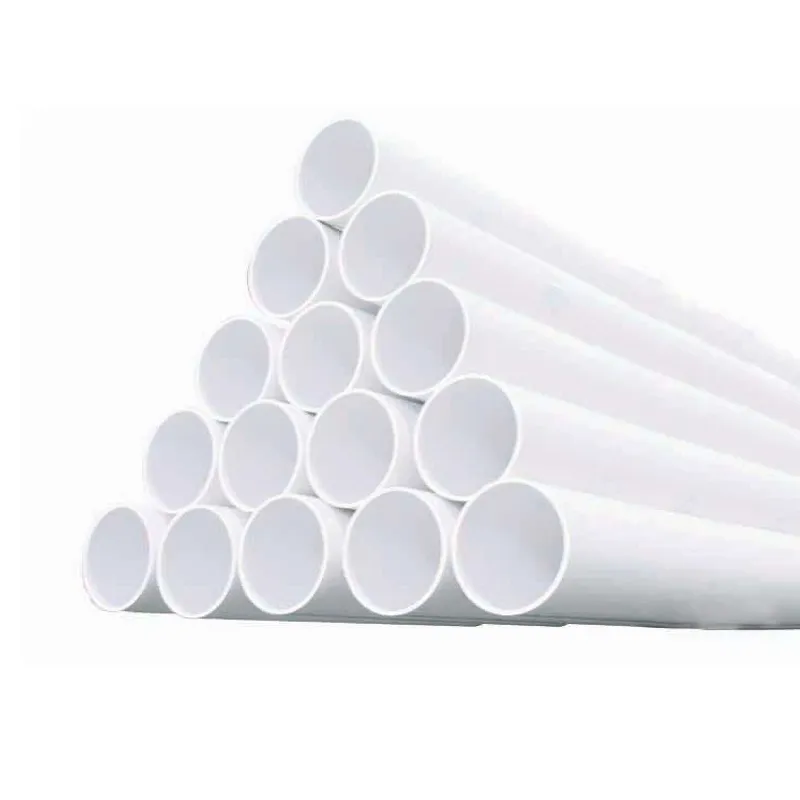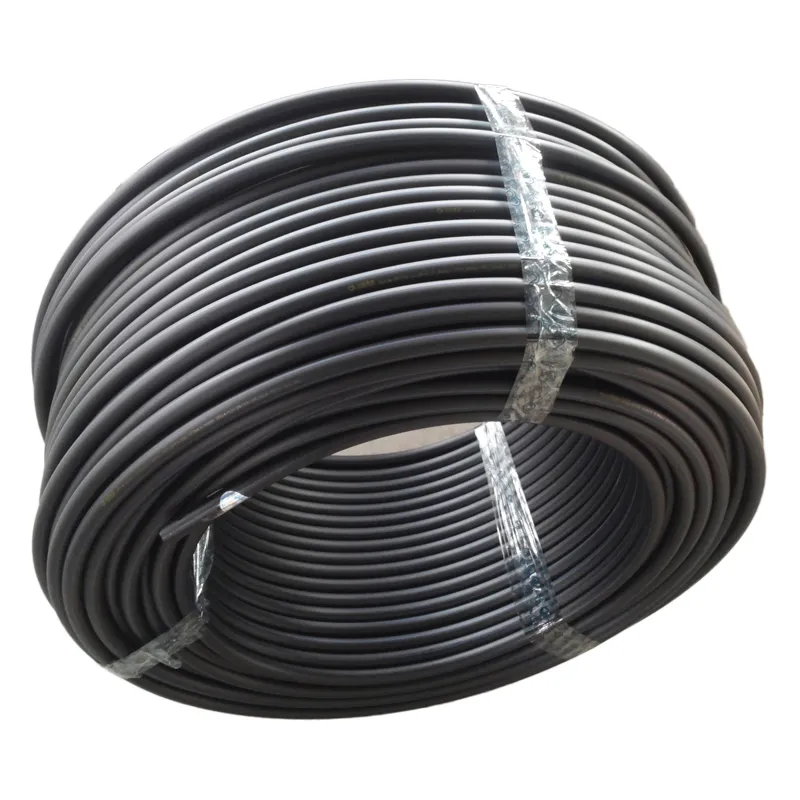What is a PPR Pipe?
PPR pipes are pipes that are made of polypropylene. The most common uses of PPR pipes are the transportation of potable water, the transportation of wastewater, and irrigation. PPR is widely used for potable water because of its properties and properties. PPR Pipe is used for a wide range of applications, for example for potable water, irrigation, and wastewater. PPR Pipe is commonly used for irrigation in arid areas because of its excellent water-holding capacity, flexibility, and resistance to damage from ultraviolet light.

Benefits of PPR Pipe
- Excellent Water Holding Capacity - PPR Pipe is used in potable water applications because it has excellent water holding capacity. When using gravity for transporting water, the capacity of a pipe system is limited by the height the water can be lifted higher than the elevation of the system. With PPR Pipe, the water inside the pipe can be pressurized to a higher level, allowing more water to be lifted in a given amount of pipe. With the same amount of pipe, water pressure can be increased, resulting in an increased flow. - Excellent Resistance to Oxygen - PPR Pipe has excellent resistance to oxygen and high-pressure water. This makes it suitable for potable water applications such as drinking water and irrigation. - High-Strength Connections - PPR Pipe has a high-strength polymer that provides excellent durability and resistance to pressure. The high-strength polymer also provides excellent resistance to chemical attacks because the polymer is unable to be oxidized by oxygen. - Excellent Resistance to Abrasion - PPR Pipe is an excellent material for use in potable water applications because it has high abrasion resistance. - Excellent Heat Resistance - PPR Pipe has excellent resistance to heat because it has a high-strength polymer that provides excellent resistance to high temperatures. - Chemical Resistance - PPR Pipe has excellent resistance to chemicals because it has a high-strength polymer that provides excellent resistance to chemical attacks. When exposed to oxygen, the polymer is not oxidized and can maintain its properties.
Advantages of Haili PPR Pipe
- Excellent Drying Capacity - Drying a water source after use is time-consuming and energy-consuming. PPR Pipe has excellent drying capacity because it is made of polymer that can absorb a large amount of water. With polymer water pipes, it takes less time to dry water because the polymer can absorb a large amount of water. - High-Strength Connection - PPR Pipe has a high-strength connection for an excellent strength-to-weight ratio. Compared to metals, polymers have a lower breaking strength but a higher strength-to-weight ratio. This means that polymers can be used in place of metals, which reduces the amount of material used in the construction of pipes. - Excellent Durability - PPR Pipe has excellent durability and resistance to corrosion because it is made of high-strength polymer. Compared to metals, polymers have a lower breaking strength but a higher strength-to-weight ratio. This means that polymers can be used in place of metals, which reduces the amount of material used in the construction of pipes. - Excellent Resistance to Abrasion - PPR Pipe has excellent resistance to abrasion because it is made of polymer that is non-porous. Polymers do not allow particles to pass through so they are not exposed to wear and tear. - High-Strength Connection - PPR Pipe has a high-strength connection for an excellent strength-to-weight ratio. Compared to metals, polymers have a lower breaking strength but a higher strength-to-weight ratio. This means that polymers can be used in place of metals, which reduces the amount of material used in the construction of pipes. - Easy Installation - PPR Pipe is easy to install because it has a high-strength connection and is made of excellent material. Compared to other materials, the polymer has excellent resistance to chemical attacks. - Excellent for Rain Water Harvesting - PPR Pipe has excellent resistance to water damage and can resist high pressure, making it suitable for rainwater harvesting. Water harvesting is when a water source is captured for use after it has fallen from the sky. - Excellent for Irrigation - PPR Pipe has excellent resistance to wear, oxidation, and abrasion, making it ideal for irrigation. Compared to other materials, the polymer has a high-strength connection and a high-strength polymer for durable and long-lasting construction.

Disadvantages of Haili PPR Pipe
- Expensive Than Other Polymers - PPR Pipe is an expensive polymer compared to other polymers. This causes it to be more expensive daily than other polymers. - Installation Time Is Short - PPR Pipe has a short installation time because it is easy to install. Compared to other materials, the polymer is easy to install. - Less Durable Than Other Polymers - Compared to other polymers, PPR Pipe is less durable, making it less durable than other polymers. This causes it to be less durable daily than other polymers. - Less Scalability Than Other Polymers - Compared to other polymers, PPR Pipe is less scalable, making it less scalable daily than other polymers. This causes it to be less scalable than other polymers.
How much does it cost to install a PPR pipe?
The cost to install a PPR pipe can vary widely depending on the location, the type of pipe, and the amount of pipe that is needed. It is best to contact a contractor to get an estimate for the cost.
Final Words
PPR Pipe is a great option for water or gas piping because of its high strength, excellent resistance to chemicals, high-strength connection, and non-porous polymer. PPR Pipe has excellent drying capacity and resistance to oxygen, making it suitable for potable water, potable water, irrigation, and wastewater. PPR Pipe has excellent durability and resistance to pressure, making it suitable for potable water, potable water, irrigation, and wastewater. PPR Pipe is an excellent option for installation in arid areas because of its excellent water-holding capacity, flexibility, and resistance to damage from ultraviolet light. PPR Pipe is an expensive polymer compared to other polymers, making it more expensive daily than other polymers.


981.webp)

 (1)379.webp)



294.webp)
476.webp)
420.webp)
146.webp)
460.webp)
287.webp)
274.webp)
688.webp)


